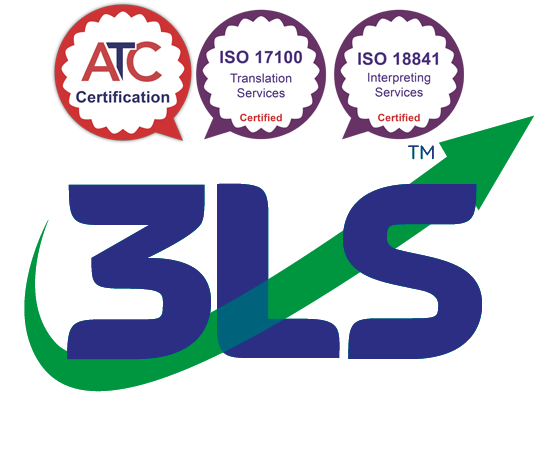This short piece was previously published in our Newsletter, but in case you missed that it’s below – and it certainly bears repeating!
And if you’d like to subscribe to our newsletter to make sure you don’t miss any more of these gems, you can do so here!
It started with an orchestra’s European tour – and this season, for the first time they were going to Greece!
Now, years ago dear reader, before Unicode offered every character you could want, and a whole load you didn’t (yep, emoticons…), foreign languages like Greek, or Russian, were handled using a font for that language.
So for Greek, the font had Greek characters instead of English ones.
If you knew what you were doing it worked well enough… but if you didn’t…
Back then (and showing how long we’ve been doing this!), we received a request from a leading orchestra to translate a brochure for their upcoming Greek concert tour. We quoted, but heard nothing more. A few weeks later the client sent us their beautiful glossy Greek brochure.
And, oh dear…
Because the orchestra’s brochure designer’s “little knowledge” meant that while they knew Greek fonts existed, they did NOT how they – or, it seems, how translation – worked. They’d just applied a Greek font to the English text, replacing every English character with a Greek one – a became α, b became β and so on.
The result LOOKED Greek – but not for a Greek.
In fact of course, it was total garbage. We broke the news to the orchestra as gently as we could…
The (Greek!) tragedy of it all was, they only had to ask.
Generally, it really is wise to use a professional language service – and to remember that designers are NOT translators!

